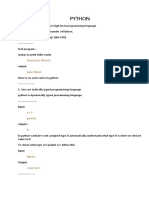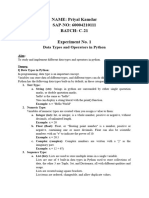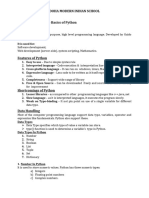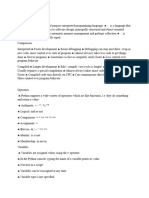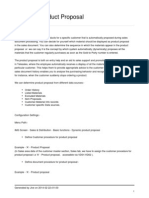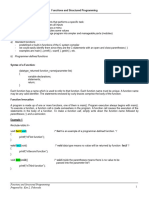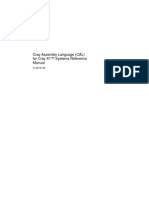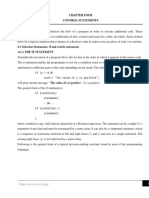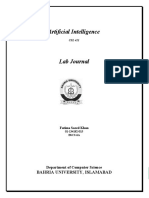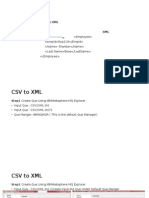0% found this document useful (0 votes)
7 views6 pagesINTRODUCTION TO PYTHON Notes Notes On Python
The document provides an introduction to Python, explaining its definition, purpose, and applications in AI. It covers basic programming concepts such as data types, variables, constants, and operators, along with examples and code snippets. Additionally, it differentiates between script mode and interactive mode, and outlines rules for naming identifiers.
Uploaded by
thetrioctopus69420Copyright
© © All Rights Reserved
We take content rights seriously. If you suspect this is your content, claim it here.
Available Formats
Download as PDF, TXT or read online on Scribd
0% found this document useful (0 votes)
7 views6 pagesINTRODUCTION TO PYTHON Notes Notes On Python
The document provides an introduction to Python, explaining its definition, purpose, and applications in AI. It covers basic programming concepts such as data types, variables, constants, and operators, along with examples and code snippets. Additionally, it differentiates between script mode and interactive mode, and outlines rules for naming identifiers.
Uploaded by
thetrioctopus69420Copyright
© © All Rights Reserved
We take content rights seriously. If you suspect this is your content, claim it here.
Available Formats
Download as PDF, TXT or read online on Scribd
/ 6
